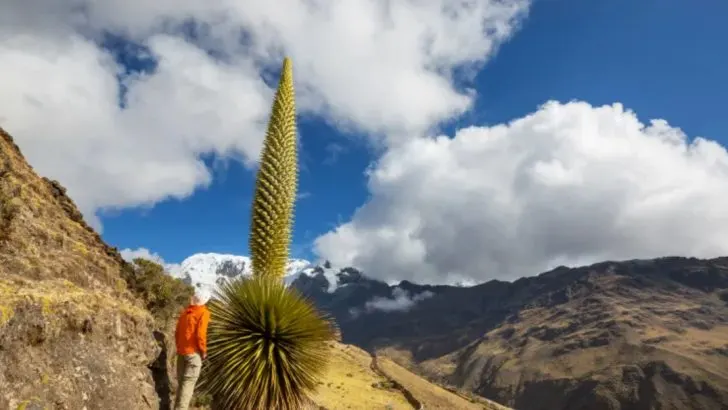Some flowers are so rare and elusive that they only bloom once every decade, leaving gardeners and nature lovers in awe. Imagine waiting for years, tending to your plants with care, just for the chance to witness a stunning once-in-a-lifetime display. These incredible blooms are often surrounded by mystique and wonder, making them the ultimate garden treasure.
In this article, we’ll introduce you to some of the most breathtaking flowers that bloom only once every decade. From their unique growth cycles to their stunning colors, these flowers are truly a sight to behold. Whether you’re a seasoned gardener or simply a lover of the extraordinary, you’ll want to know about these remarkable plants that make waiting worth the while!
Queen of the Andes
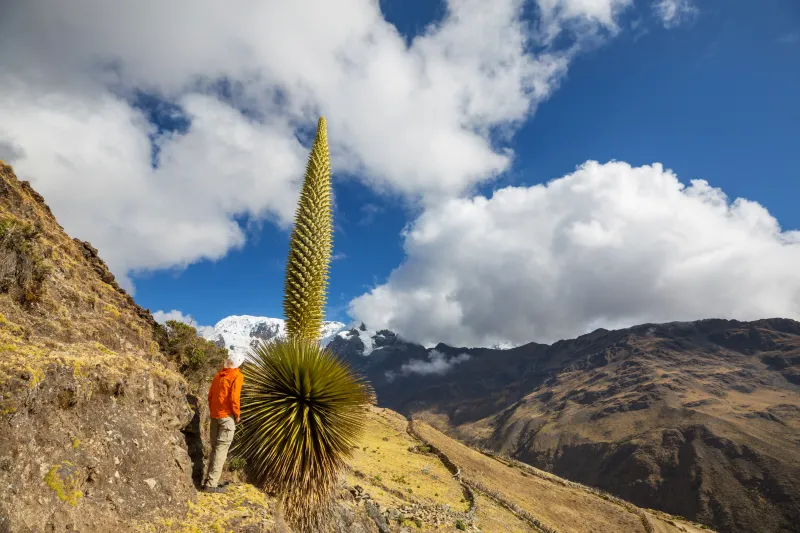
With a towering presence, Puya raimondii commands attention in the Andean mountains. Its inflorescence can reach up to 30 feet, making it a sight to behold. This botanical wonder takes decades to mature and bloom.
Native to Bolivia and Peru, it thrives in high altitudes, where its dramatic spikes emerge against azure skies. Often, its presence signifies a rare moment in nature’s timeline.
Patience is rewarded when these enormous plants finally flower, creating a breathtaking spectacle that draws enthusiasts from around the globe.
Agave Americana
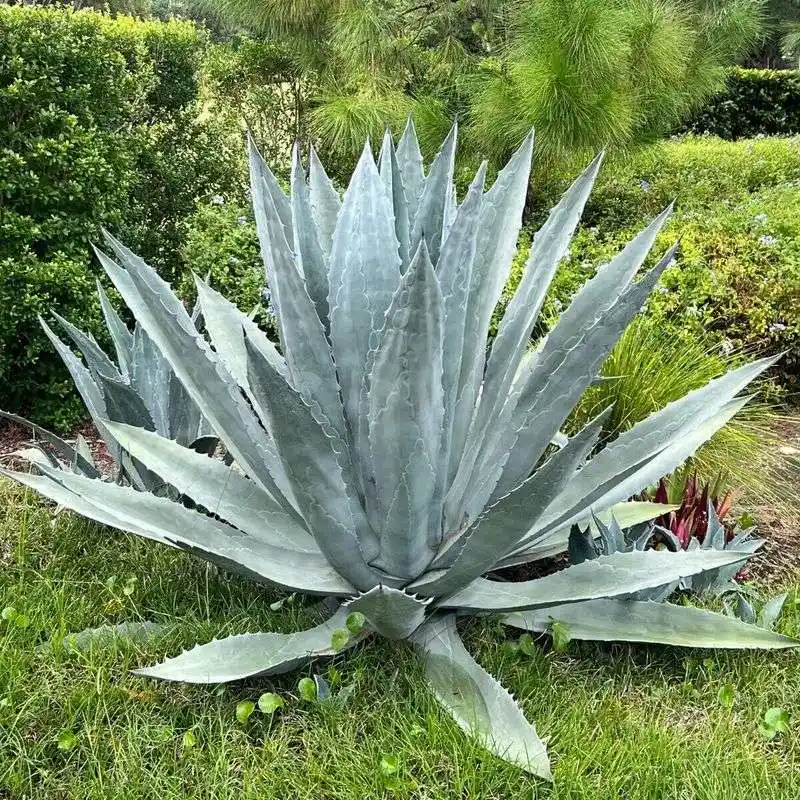
Often referred to as the century plant, Agave Americana surprises with its dramatic floral display. Growing in arid landscapes, it develops a remarkable flower stalk that can soar up to 20 feet.
Once in bloom, it showcases clusters of yellow flowers. The plant invests its life’s energy into this single event, ending its lifecycle post-bloom.
Its resilience in harsh conditions and striking architectural form make it a favorite in xeriscaping, appreciated as much for its sculptural leaves as for its floral finale.
Talipot Palm
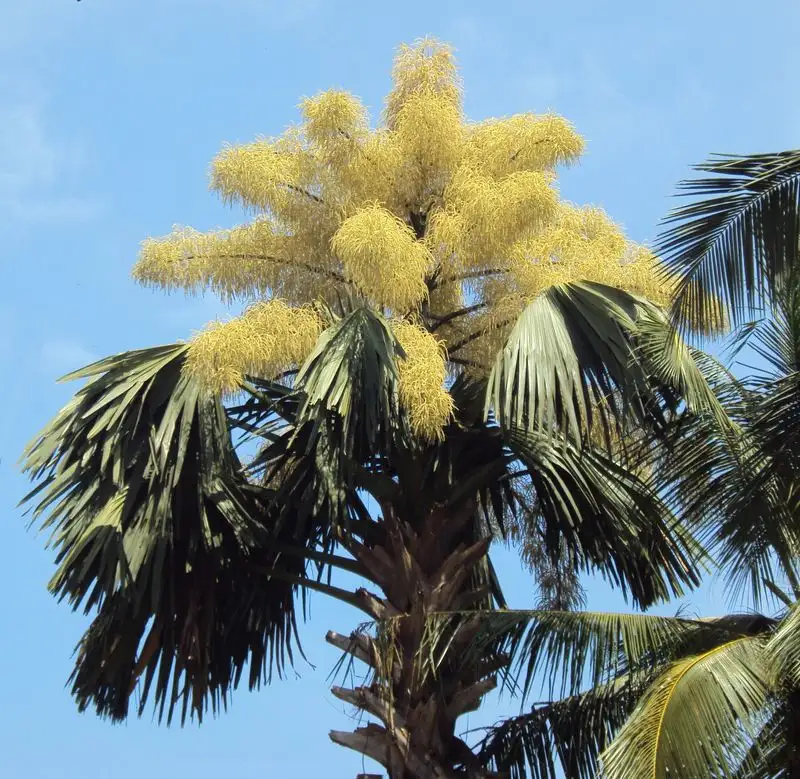
Corypha umbraculifera, known as the Talipot Palm, offers one of the most spectacular floral displays in the plant kingdom. Its massive flower cluster can span over 25 feet across.
Found in South Asia, it blossoms once in its lifetime, after 30 to 80 years. This event attracts a myriad of wildlife, eager to partake in its bounty.
The aftermath of blooming leads to the palm’s decline, yet its legacy continues through its seeds, which are spread by the very creatures it supports.
Bamboo
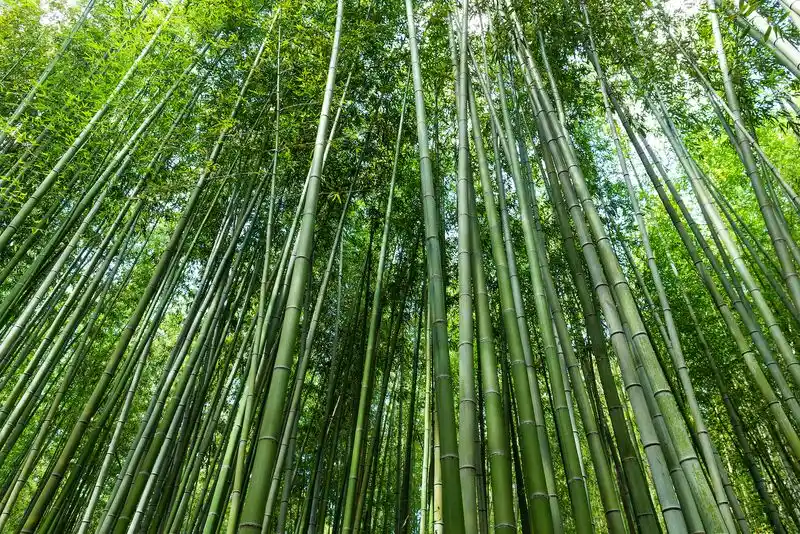
Despite its rapid growth, bamboo’s flowering is a rare and unpredictable event. Some species flower once every few decades, sometimes across vast areas simultaneously.
This phenomenon, known as gregarious flowering, can cover entire forests in delicate blooms. The sight is both beautiful and foreboding, as it often signals the death of entire bamboo stands.
The cyclical nature of bamboo flowering plays a crucial role in its ecosystem, providing food and habitat for wildlife and ensuring the forest’s renewal.
Corpse Flower
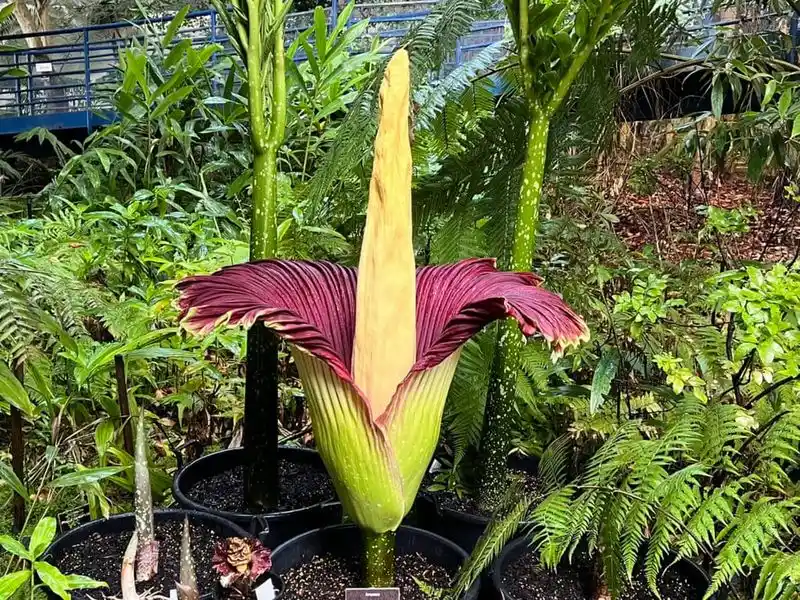
Amorphophallus titanum, or the Corpse Flower, is infamous for its powerful scent reminiscent of rotting flesh. This draws pollinators that thrive on carrion.
Native to the rainforests of Sumatra, its bloom can reach over 10 feet in height, creating a massive display. The flower’s rarity and odor make it a horticultural spectacle.
Patience is key for enthusiasts, as the plant may take a decade to bloom. When it finally does, the event attracts visitors eager to witness its unique beauty and curious fragrance.
Neelakurinji
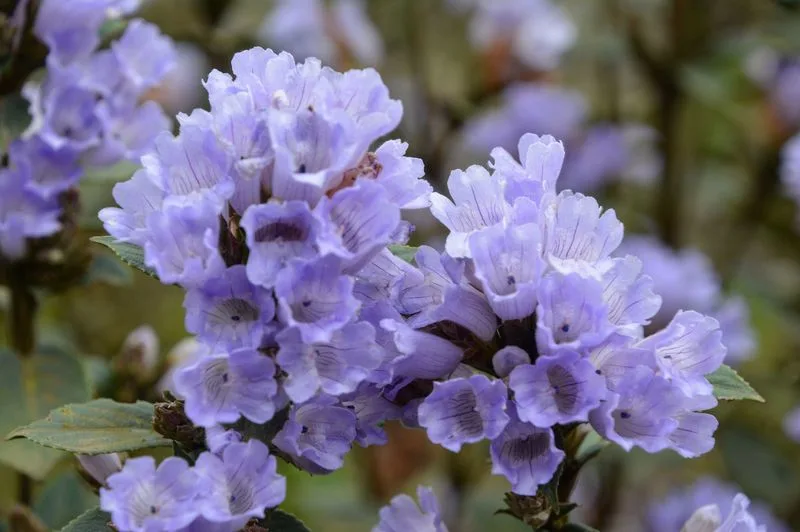
Strobilanthes kunthiana, or Neelakurinji, paints the hills of South India blue every 12 years. These small, vibrant flowers transform landscapes into stunning blue carpets.
The plant, part of a diverse genus, has a synchronized flowering cycle that is a marvel of natural timing. This phenomenon attracts thousands of tourists and botanists.
The fleeting beauty of Neelakurinji reminds us of nature’s rhythms and the importance of conserving such unique ecological events for future generations.
Ghost Orchid
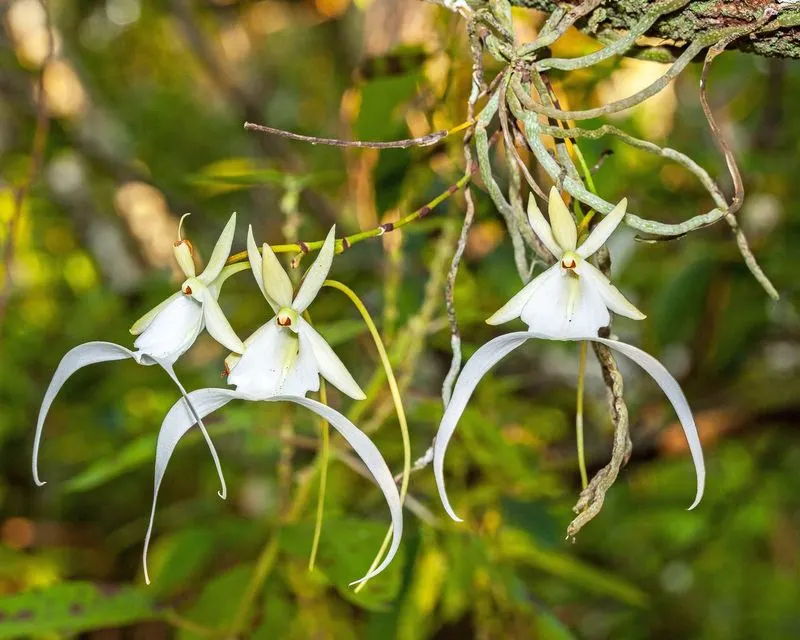
Dendrophylax lindenii, the elusive Ghost Orchid, enchants with its rare and mysterious bloom. Found in the swamps of Florida and Cuba, it thrives on high humidity and seclusion.
Its white, spectral flowers appear to float in the air, a visual echo of its name. Blooming unpredictably, it challenges even the most dedicated botanists to witness its flowering.
This orchid’s allure lies in its ghostly appearance and the dedication required to find it, offering a botanical mystery that captivates the imaginations of plant lovers.
Parrot’s Beak
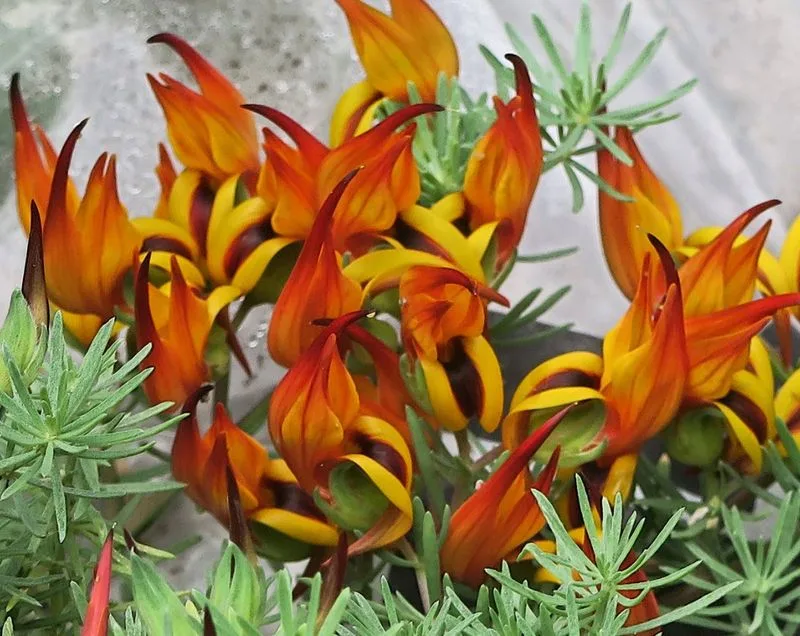
Lotus berthelotii, known as Parrot’s Beak, captivates with its vibrant blooms. Native to the Canary Islands, these flowers resemble the curved beak of a parrot.
The plant’s cascading form and fiery colors make it a popular choice for hanging baskets and rock gardens. However, its natural flowering in the wild is incredibly rare.
Surviving in rocky, sun-drenched habitats, Parrot’s Beak offers a glimpse into a world of vibrant, yet fleeting beauty, emblematic of the islands it calls home.
Middlemist’s Red

Middlemist’s Red, a rare camellia variety, boasts one of the most exclusive blooms in the world. Originally from China, only two known plants exist today.
Its vibrant pink flowers are a testament to horticultural perseverance, cherished in a garden in New Zealand and one in the UK. The plant’s survival is a botanical success story.
Each blossom symbolizes the fragility and resilience of living treasures, highlighting the importance of conservation and the legacy of historical plant exploration.
Night-Blooming Cereus
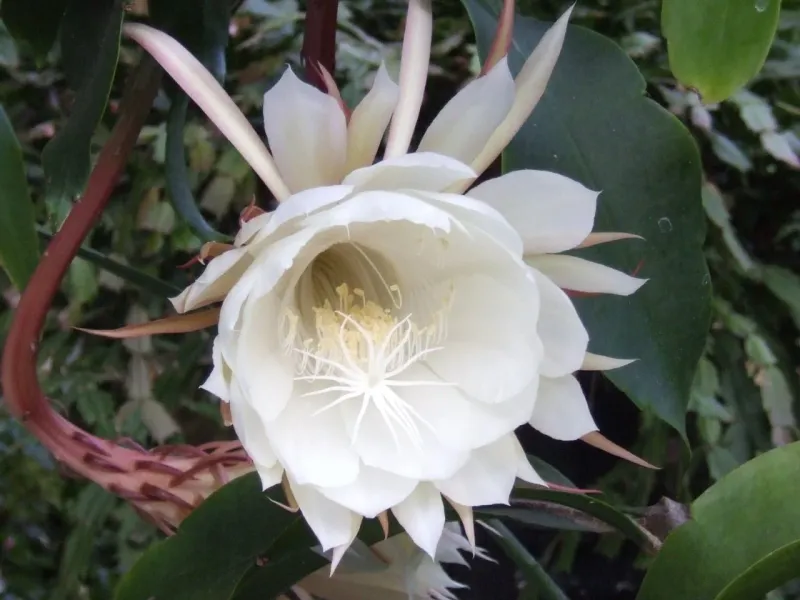
Cereus, the night-blooming cactus, enchants with its ephemeral floral display. This desert dweller bursts into bloom just once a year, under the cover of darkness.
Its large, fragrant flowers open at night, filling the air with a sweet scent that attracts nocturnal pollinators. The bloom’s beauty is transient, lasting only until dawn.
For those lucky enough to witness it, the Night-Blooming Cereus offers a magical experience, a reminder of nature’s nocturnal wonders and the delicate balance of desert life.

